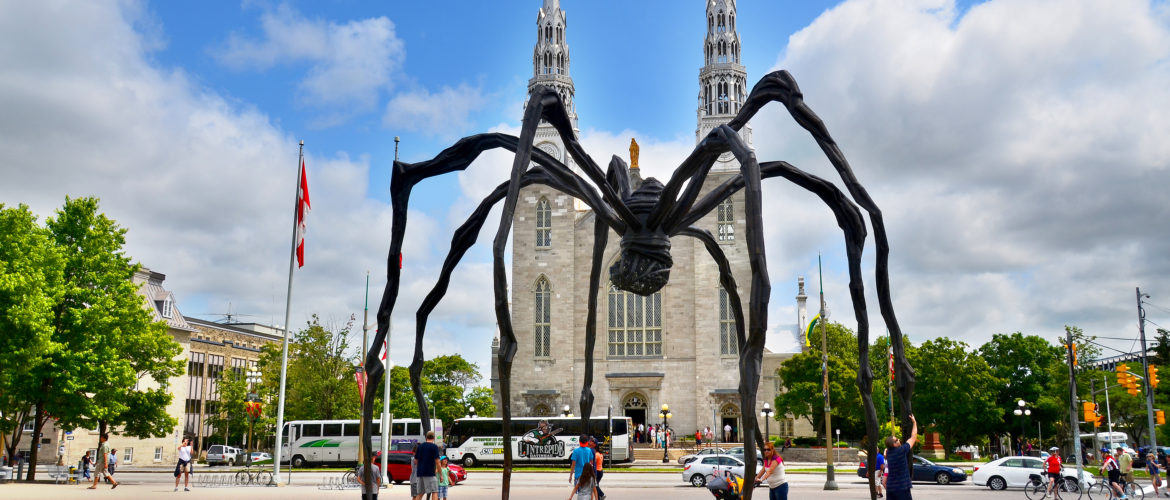Meaning, Legacy, and Global Impact of Louise Bourgeois’s Spiders

Large-scale, monumental sculptures always produce a profound emotional impact on the viewers, and Louise Bourgeois’s spiders are no exception. Though Bourgeois went down into art history as a creative with a broad range of art mediums in her portfolio, spiders still occupy a unique place in her art as a deeply psychological and emotionally resonant theme. Here is a guide to the artist’s signature spider sculptures, with a closer look at their meanings, legacy, and impact on global art.
Some Facts about Louise Bourgeois
Louise Bourgeois was a French-American painter and sculptor. Born in Paris in 1911, she started painting in her early childhood years. At the age of 27, after receiving a formal education in art, she moved to New York and started creating woodwork pieces and sculptures. The masterful blend of surrealism, feminism, and psychoanalysis quickly won Bourgeois fame in the New York art circles, with her sculptures enjoying particular popularity in the mid-20th century. However, the spider theme emerged in the artist’s work only in the early 1990s, at the age of 80+.
Meaning of Louise Bourgeois’s Spiders
During her late career, Louise Bourgeois created a series of large-scale public installations made of bronze and steel. Her best-known spider series of sculptures is called Maman, with the original work created in 1999 and copies purchased by Tate Modern, the Guggenheim Museum in Bilbao, and other notable art institutions around the world. Another famous sculpture by Louise Bourgeois is Spider (1996), which represents a mixed-media art object created with the use of bronze, steel, tapestries, and furniture items. For the artist, the spider is an interpretation of her mother’s memories, as the woman specialized in weaving and tapestry restoration, being associated with a spider in Louise’s childhood memories.
Most of Bourgeois’s spiders are several meters high, combining the motifs of industrial strength and organic, natural imagery. The sculptures are both protective and dominating, menacing and maternal. According to the artist’s intent, they are meant to create intimate and emotional experiences, helping people confront their personal fears and traumas by exploring large-scale maternal figures.
Lasting Legacy and Creative Impact of Bourgeois’s Spiders
Louise Bourgeois’s spiders are widely recognized icons of modern and contemporary sculpture. These artworks enjoyed wide resonance in the art world and are often associated with feminist strength and the psychological complexities of family relationships. Given the artist’s own association of spider sculptures with her childhood experiences, many experts also relate the spider imagery of Bourgeois to childhood trauma symbolism.
